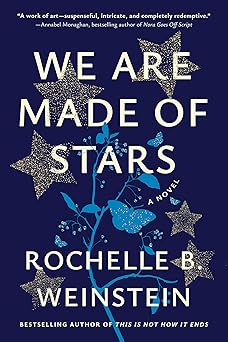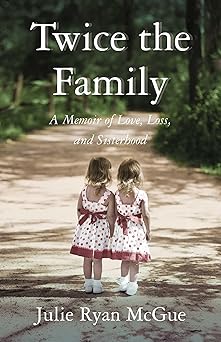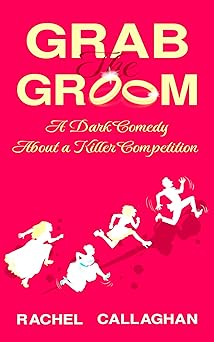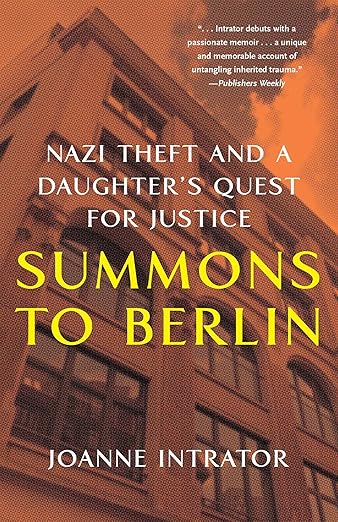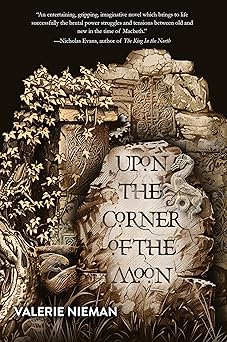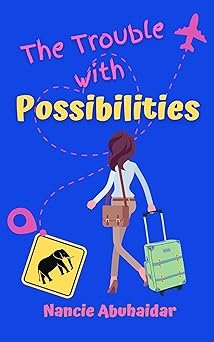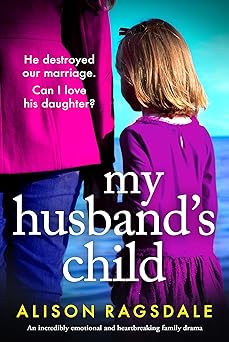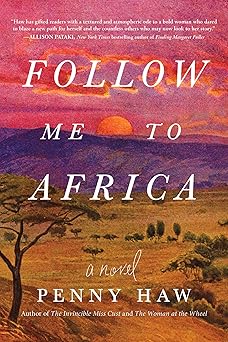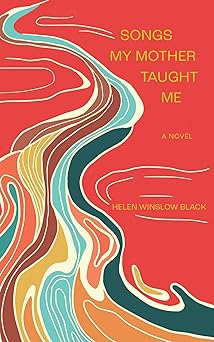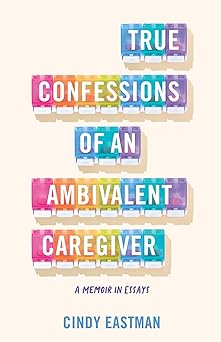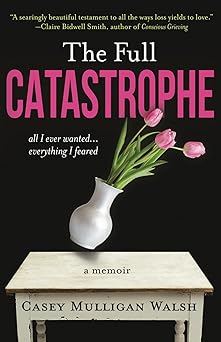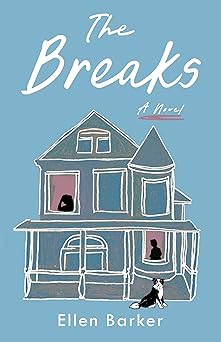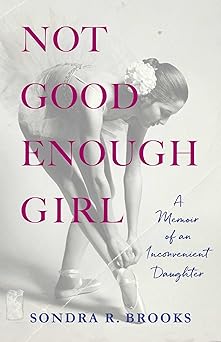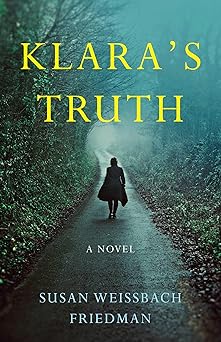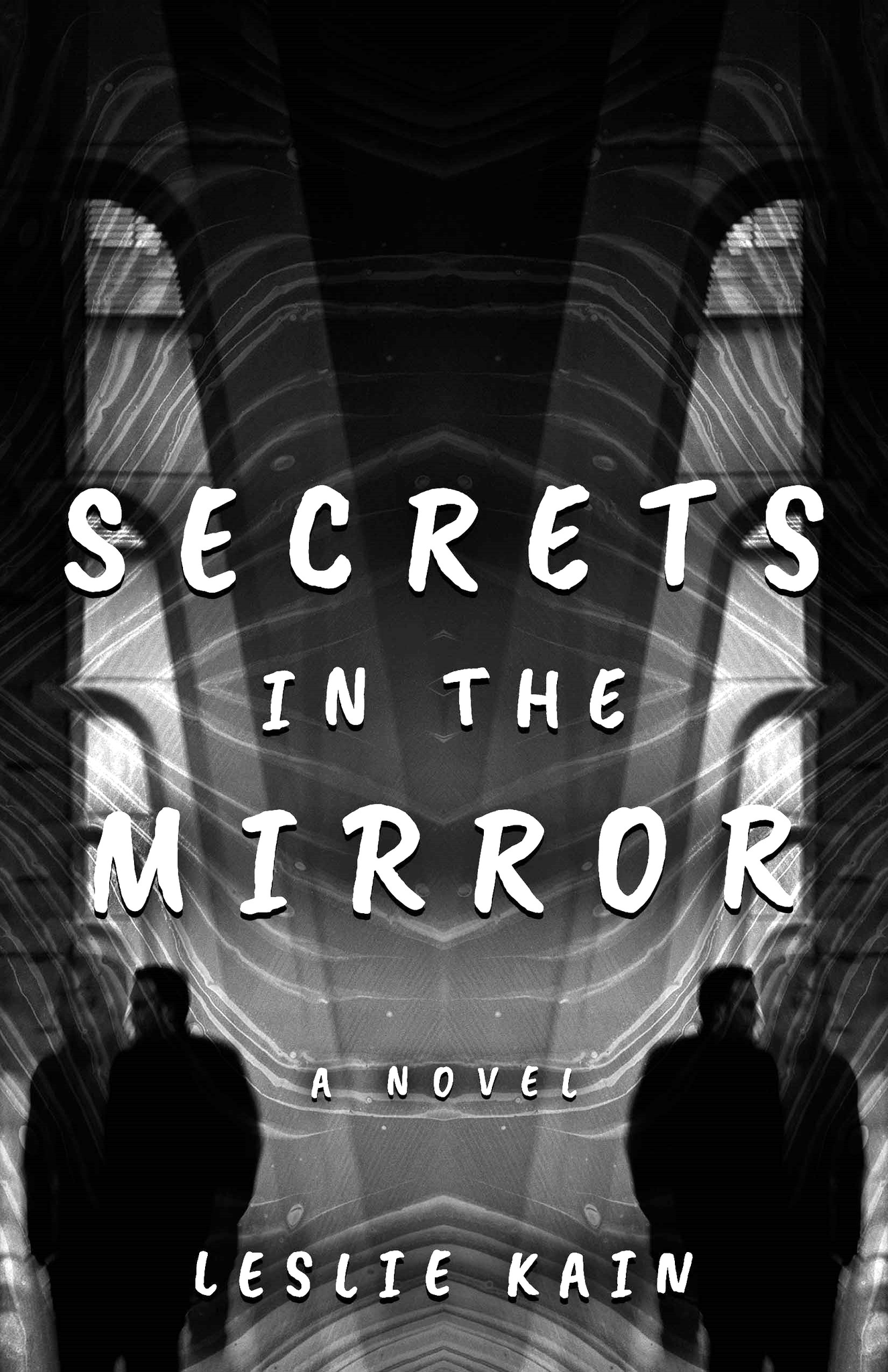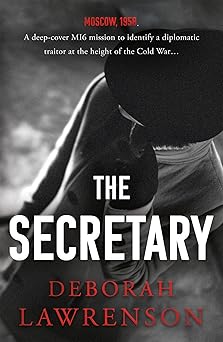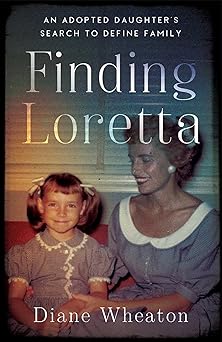What Makes a Book “Unputdownable”?
WHAT MAKES A BOOK “UNPUTDOWNABLE?”
 These days, most people are addicted to their devices. I confess, I’m one of them. But I also love to read and have an ever-growing stack of books on my TBR table. So, what keeps me reading instead of checking my phone to see what new rabbit hole there is to explore? And how do I keep readers’ eyes from wandering away from my own pages?
These days, most people are addicted to their devices. I confess, I’m one of them. But I also love to read and have an ever-growing stack of books on my TBR table. So, what keeps me reading instead of checking my phone to see what new rabbit hole there is to explore? And how do I keep readers’ eyes from wandering away from my own pages?
Here are twelve strategies that work for me as a reader and a writer.
1. Authentic experience, based on reality, and told with honesty, compels the reader to keep their eyes on the page. What writers know about personally makes them unique and allows an authoritative voice. In the iconic Post Office Charles Bukowski wrote about working at the post office. As a long-time postal employee, the truth in his prose resonated with me. Novelist John Grisham uses his years of experience as an attorney to write legal thrillers, 47 consecutive #1 bestsellers at last count.
2. Scaffolding the story around a historical event or giving a main character a brush with a famous person adds realism to the story’s time and place. Readers will keep reading to have their own memories and knowledge about the real events validated or challenged. E.L. Doctorow wove Houdini and Henry Ford into the lives of his fictional characters in Ragtime. John Lennon mingles with fictional characters in Tom Barbash’s The Dakota Winters. My debut novel The Lockhart Women was scaffolded around the O.J. Simpson murder trial because the main character needed something to obsess over instead of her divorce.
3. Start in the midst of action, with a character in chaos. This allows the reader to become immediately emotionally invested. Sara Gran’s horror novel Come Closer begins when an architect is summoned by her horrified boss to explain the renovation proposal she’s just left on his desk. Her words have been replaced by an expletive-laden rant about him. Thus begins her descent into madness.
4. Specific details create a believable world. What do your characters eat for breakfast? How do they react to the weather, the music they hear on the radio, and what they see around them? Describing a character’s physical characteristics, speech patterns, and clothing encourages reader investment.
5. Complications keep the reader reading. Put your characters in predicaments, watch them struggle to work their way out, and have them make decisions they’ll regret. When characters feel conflicted about who they are and what they want, the reader feels conflicted too and will keep reading to resolve their uncertainty.
6. Introduce a secret or a mystery in the early pages but don’t explain everything immediately. In Susan Straight’s novel, Mecca, the narrator admits early on that he’s killed and buried a man in a remote canyon. We learn some of the details in the following chapters but the relationships between those involved in the murder aren’t revealed until almost the end. The tension of not knowing pulled me straight through the pages.
7. Give your characters an unreasonable time limit and make the consequences severe. In Back to the Future, Michael J. Fox’s character has to be in the DeLorean when the lighting strikes at exactly 10:04 p.m. or he will alter the future and jeopardize his own existence.
8. Surround the story with a secondary story to emphasize important themes. In “A Midsummer Night’s Dream” Shakespeare has his characters stage an unintentionally hilarious tale of two doomed lovers, which highlights the play’s message about the sometimes-absurd nature of love. This “play within a play” tactic encourages the reader to keep reading to figure out how the inner and outer stories relate.
9. Bookend a story with a narrator in a future time period to add meaning and context. In the movie Titanic we meet Rose at an advanced age. In the TV Show This Is Us we see the Pearson family evolve over decades. Even though we’re aware that Rose and most of the Pearson family survives, we keep watching to learn how their journeys unfold.
10. Cliff hangers keep the pages turning. The twists and turns combined with the slow reveal of information in Gillian Flynn’s Gone Girl keep readers guessing throughout the story. In Dan Brown’s Da Vinci Code, something unexpected happens at the end of almost every chapter. A strange character reveals himself, a ghastly truth is revealed, there’s a dead body. The HBO series 100 Foot Wave ended a recent episode with one of my favorite surfers, C.J., lost at sea. You bet I’m tuning in next week to find out what happened.
11. Short chapters keep eyes on the page by creating a rapid pace. Giving the reader a place to pause also has the interesting effect of convincing the reader to finish “just one more chapter.” Many of the final chapters of Tommy Orange’s novel There There are only half a page, producing an almost strobe-like effect.
12. Present tense gives a sense of urgency and adds a cinematic quality. T. Jefferson Parker wrote his novel A Thousand Steps in present tense. Other examples are Hunger Games by Suzanne Collins, Cloud Cuckoo Land by Anthony Doerr, and Bleak House by Charles Dickens.
Of course, no strategy works for every writer or reader. Some folks find present tense narratives shallow and one-dimensional. A quick pace doesn’t give the reader much time to examine or contemplate. Cliff hangers can feel manipulative. Jumping back and forth in time can confuse a reader if not done skillfully.
But if you can get your readers emotionally invested immediately, write in an authoritative voice, and create a complicated yet believable world, they won’t be able to put your work down.
—
BIO: Mary Camarillo’s award-winning debut novel The Lockhart Women was published in June of 2021. She is particularly proud of the cover endorsement by author Eduardo Santiago which reads, “Unputdownable.” Her second novel, “Those People Behind Us” will be published in October 2023. It’s was shortlisted for the 2023 Hawthorne Prize.
THOSE PEOPLE BEHIND US
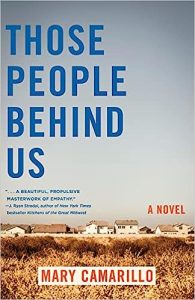 It’s the summer of 2017 in Wellington Beach, California, a suburban coastal town increasingly divided by politics, protests, and escalating housing prices—divisions that change the lives of five neighbors.
It’s the summer of 2017 in Wellington Beach, California, a suburban coastal town increasingly divided by politics, protests, and escalating housing prices—divisions that change the lives of five neighbors.
Each character confronts death, betrayal, financial decline, and loneliness as they search for home and community in a neighborhood where no one can agree who belongs.
Real estate agent Lisa Kensington juggles her job, her shopaholic husband, a mother who knows how to push her buttons, and teenagers with ideas of their own. Ray Gorman, a haunted Vietnam vet, lives with and cares for his aging mother. Keith Nelson, an ex-con, lives in his car, parked near his parents’ house. Sixteen-year-old Josh Kowalski works through the shock of his father’s abandonment by slamming on a drum set. Jeannette Larsen, an aerobics teacher numbed by horrific tragedy, turns away from her husband and toward reckless behavior.
In the end, they all discover that despite their differences, they are more connected than any of them would have imagined.
BUY HERE
Category: How To and Tips




